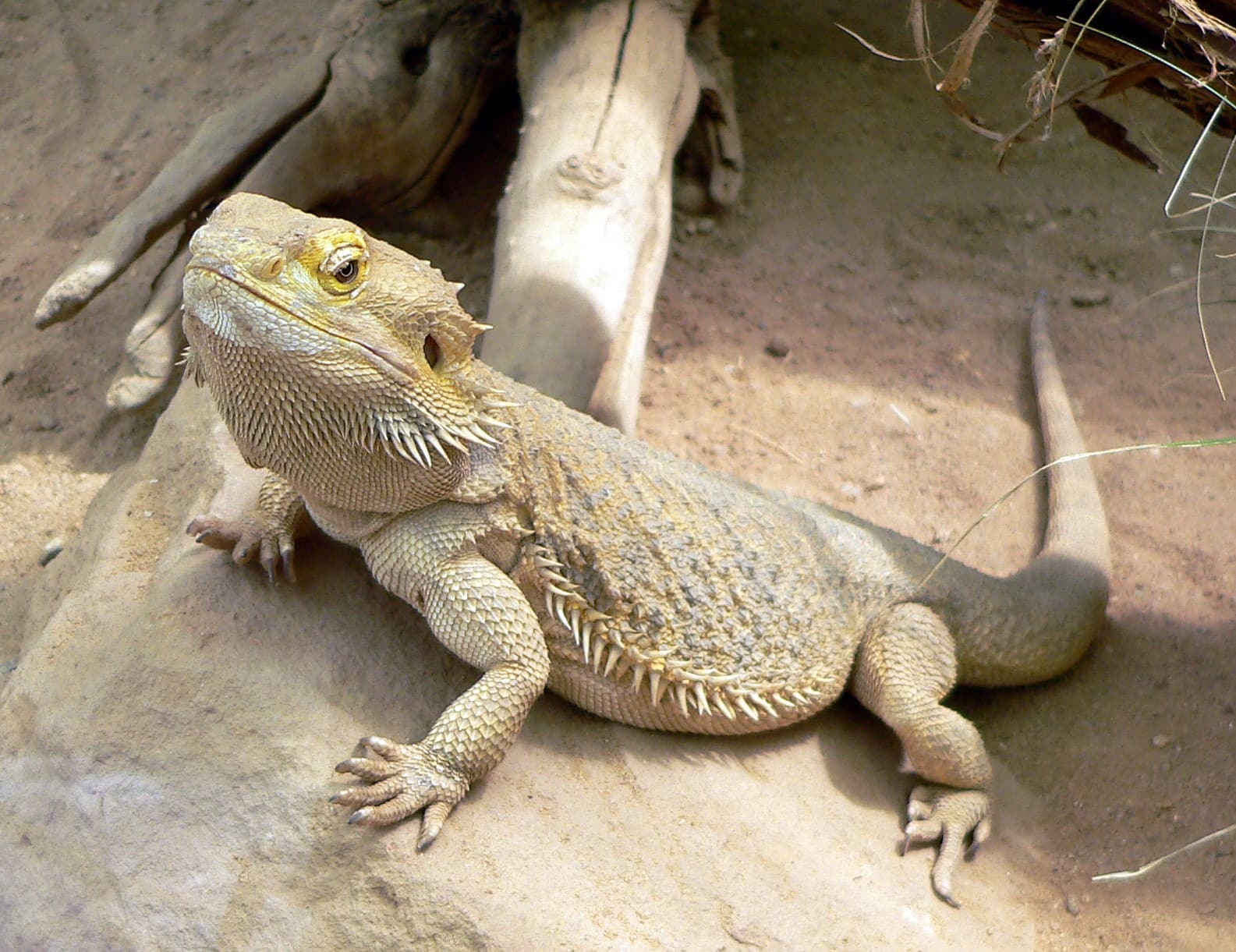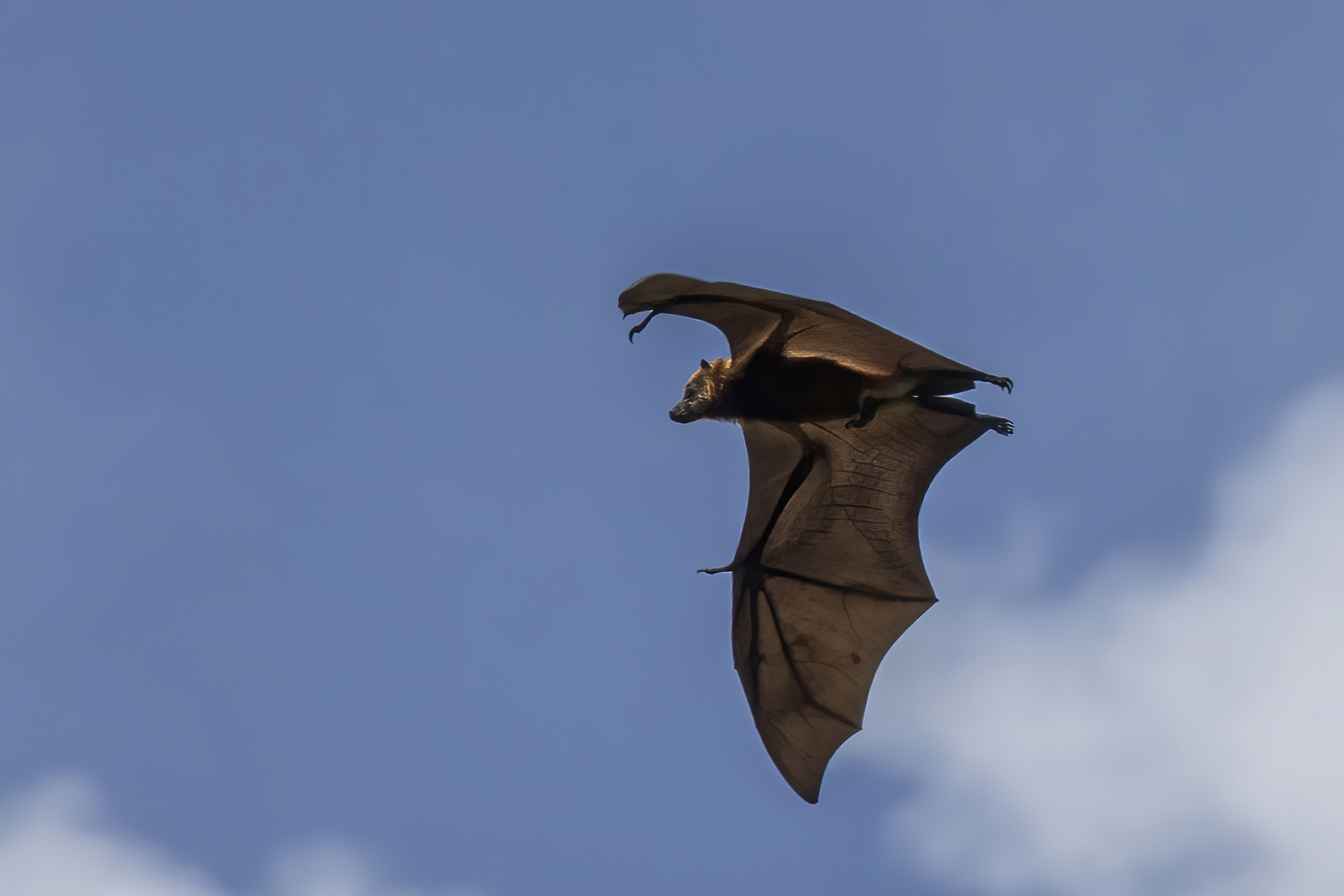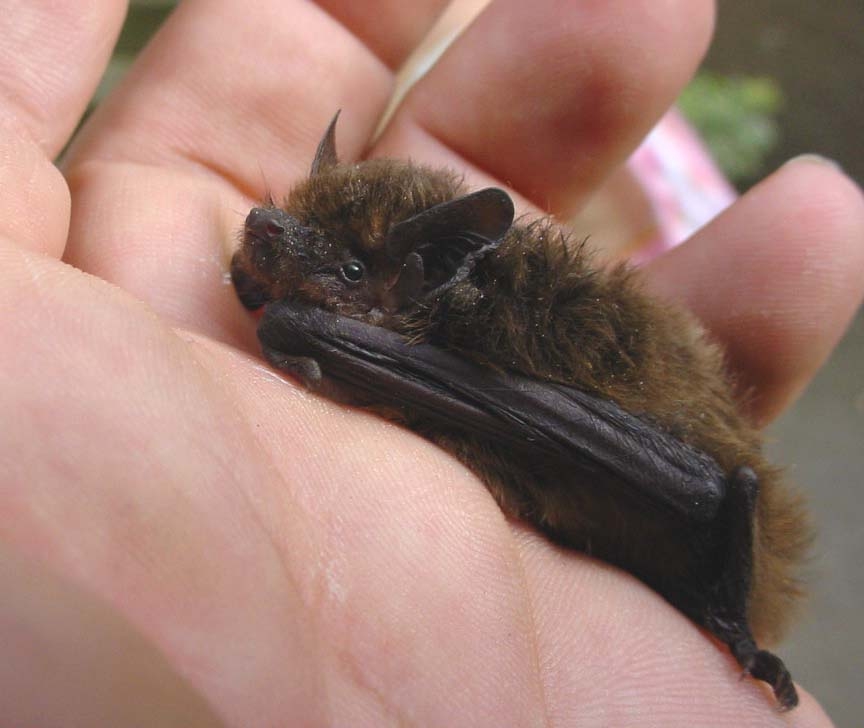Gecko vs Lizard: A Complete Comparison
While geckos are technically a type of lizard, these specialized reptiles have evolved distinct characteristics that set them apart from their lizard cousins. The key difference between geckos and other lizards lies in their remarkable adaptations: geckos possess specialized toe pads containing microscopic hair-like structures called setae, allowing them to scale vertical surfaces and even walk upside down. Most geckos are also notably smaller than typical lizards, with the average gecko measuring 1.6-6 inches (4-15 cm) compared to common lizards that can reach 8-48 inches (20-122 cm).
Understanding the gecko vs lizard comparison requires examining their unique evolutionary paths. Geckos emerged approximately 50 million years ago, developing nocturnal adaptations and specialized hunting techniques that distinguish them from typical diurnal lizards. These differences extend beyond mere appearance to encompass behavior, habitat preferences, and survival strategies.
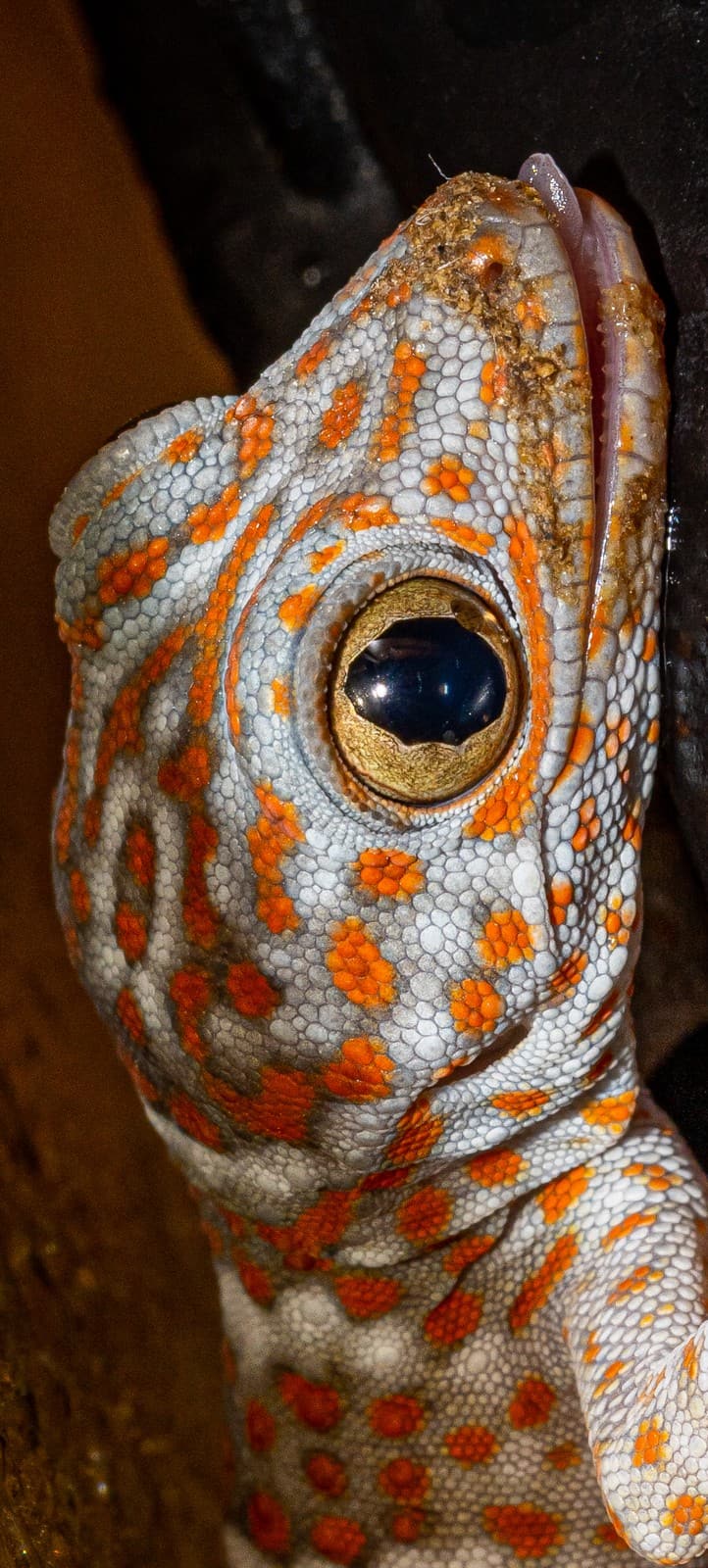
© LensOfTheNorth / CC BY-SA 4.0
The Tokay gecko exemplifies classic gecko characteristics with its large, lidless eyes adapted for night vision and distinctive scale patterns that aid in camouflage and thermoregulation.
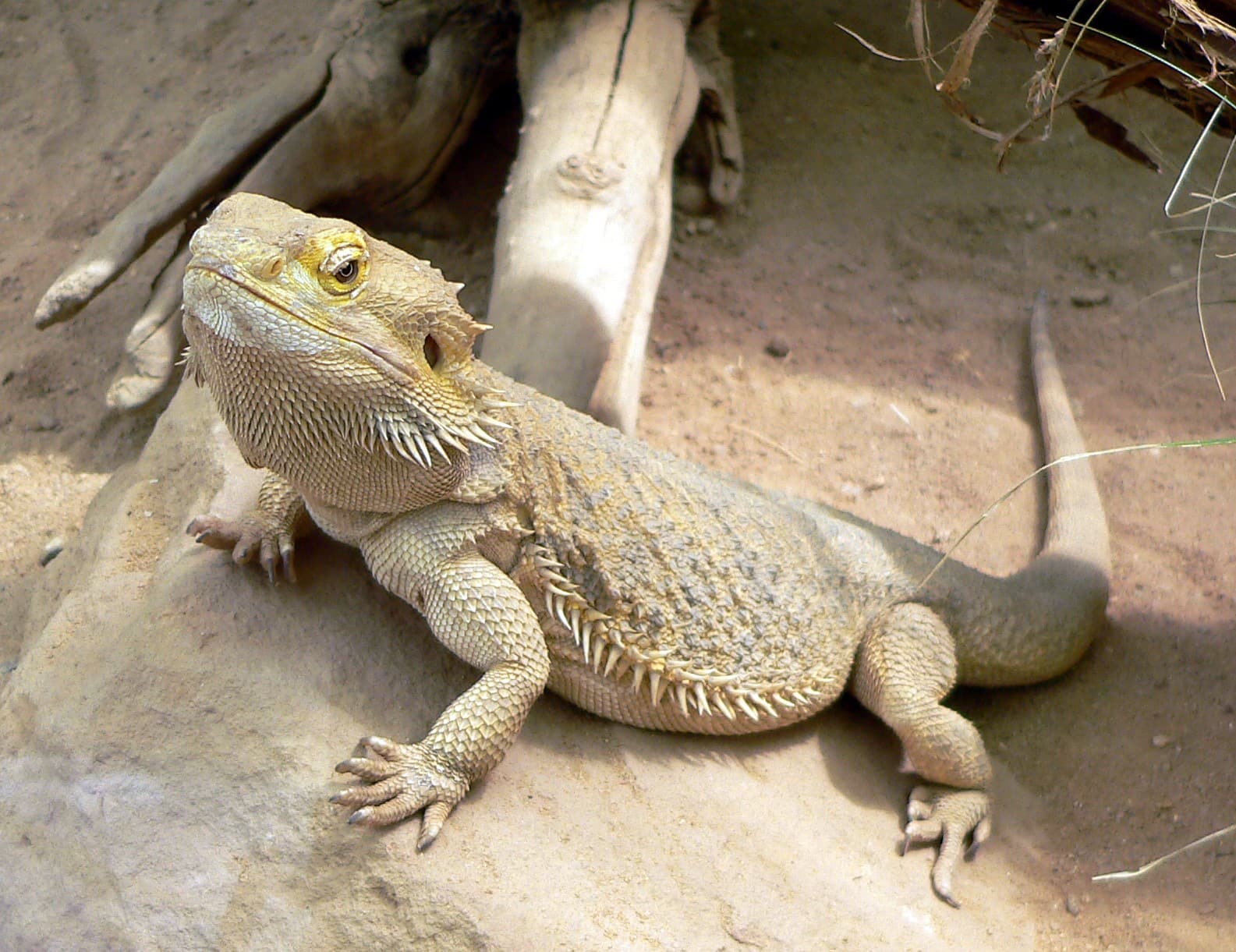
© Photograph: Frank C. Müller, Baden-Baden / CC BY-SA 2.5
The bearded dragon represents typical lizard features, including a robust body structure, visible external ears, and specialized scales adapted for desert life.
Key Differences Between Geckos and Lizards
| Feature | Gecko | Lizard |
|---|---|---|
| Size | 1.6-6 inches (4-15 cm) | 8-48 inches (20-122 cm) |
| Eyes | Large, fixed lens, no eyelids | Usually smaller, movable eyelids |
| Vocalization | Complex chirps and clicks | Limited or no vocalizations |
| Activity Period | Mostly nocturnal | Primarily diurnal |
| Toe Structure | Adhesive toe pads with setae | Standard claws without adhesive pads |
| Tail Regeneration | Clean break with fat storage | More complex break pattern |
Habitat and Behavior
Geckos have adapted primarily to nocturnal life, developing extraordinary night vision and the ability to navigate in low-light conditions. Their specialized toe pads allow them to climb virtually any surface, including glass. In contrast, most lizards are diurnal creatures that rely on basking in the sun to regulate their body temperature and are generally ground-dwelling or semi-arboreal.
Hunting and Diet Differences
While both geckos and lizards are primarily insectivorous, their hunting strategies differ significantly. Geckos employ a stealthy, wait-and-ambush approach, using their exceptional night vision to capture prey in darkness. Most lizards are active hunters, pursuing prey during daylight hours using their speed and agility.
Unique Adaptations
Gecko Specializations
- Adhesive toe pads with microscopic setae
- Ability to vocalize through specialized vocal cords
- Superior night vision with fixed lens eyes
- Specialized tail fat storage system
Typical Lizard Features
- External ear openings
- Movable eyelids
- More varied diet options
- Greater size range and diversity
Survival Mechanisms
One of the most notable differences in the gecko vs lizard comparison lies in their defense mechanisms. Geckos can detach their tails through a clean break at predetermined fracture planes, while most lizards have a more complex tail separation process. Geckos’ tails also serve as fat storage organs, unlike typical lizard tails which primarily function for balance and defense.
Conservation Status
Both geckos and lizards face similar conservation challenges, primarily habitat loss and climate change. However, certain gecko species are particularly vulnerable due to their specialized habitat requirements and limited geographic ranges. The pet trade has also impacted both groups differently, with some species facing increased collection pressure.
Who Would Win in a Confrontation?
In theoretical confrontations, size typically determines the outcome. While most geckos avoid conflict through their nocturnal lifestyle and excellent climbing abilities, larger lizards would generally dominate in direct encounters. However, geckos’ superior climbing abilities and night vision often help them avoid such conflicts entirely.
Through millions of years of evolution, both geckos and lizards have developed remarkable adaptations that allow them to thrive in their respective niches. Understanding these differences not only helps us appreciate their unique characteristics but also highlights the importance of protecting both groups for future generations.

